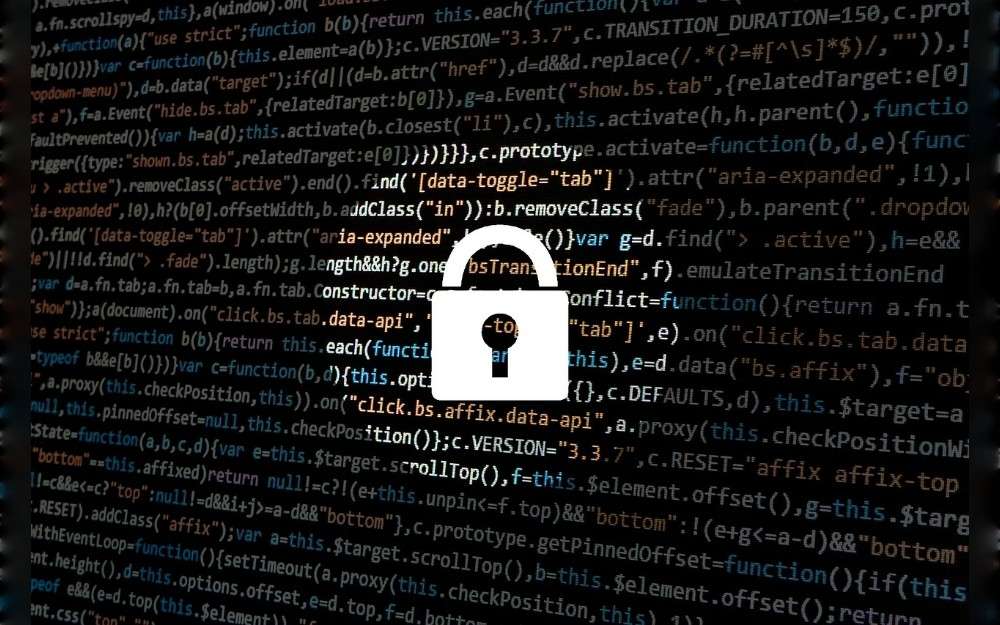

The use of technology and the internet to continuously harass or follow someone is known as cyberstalking. Similar to real-life stalking and cyberbullying, it takes place online via social media posts, emails, texts, and other platforms.
Cyberstalkers generally use unwanted sexual requests, derogatory or sexual content, pictures,abusive remarks, or unfounded accusations about someone are sent, posted, or shared regularly.Calling, emailing, texting, chatting, or asking improper questions repeatedly without permission.They Use tracking devices or spyware, or tracking someone’s movements using the location (GPS) technology integrated into phone operating system.They often try to grab someone’s attention and checking in on them all the time, even when they express no interest.Hacking or getting access to someone else’s online accounts in order to get their personal data, follow their whereabouts, read their emails or messages, or alter their passwords in order to prevent them from using their own accounts.
Protect your family and yourself from internet stalkers by following to these crucial guidelines for online privacy protection:use strong password security to protect your accounts. For easier password security and management use Password Manager.Turn off the location services metadata in your images before posting them online through social media platforms.Check for any malware on your device.Never provide unknown persons your full name, address, phone number,date of birth, email address, or your city.And obviously use security software.











